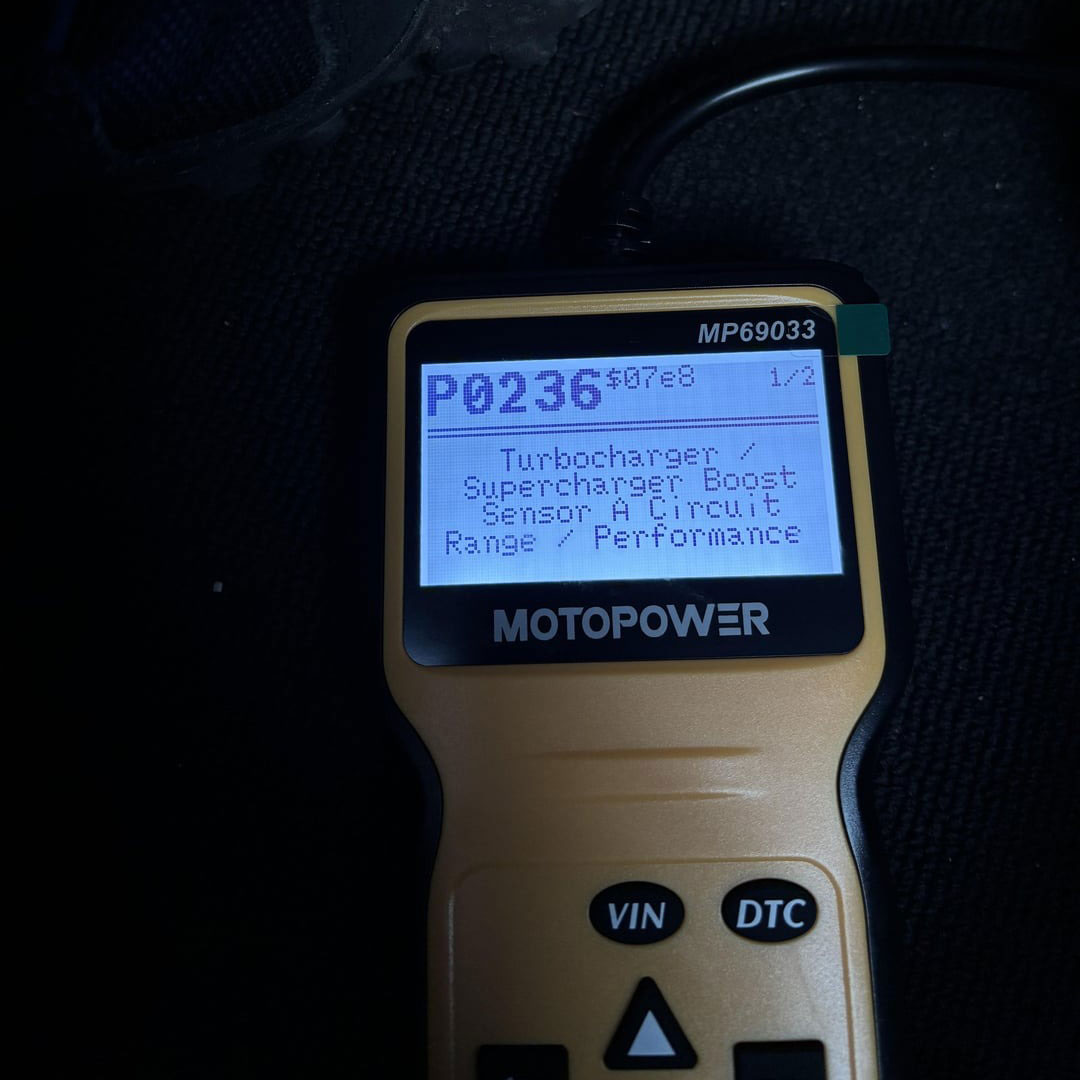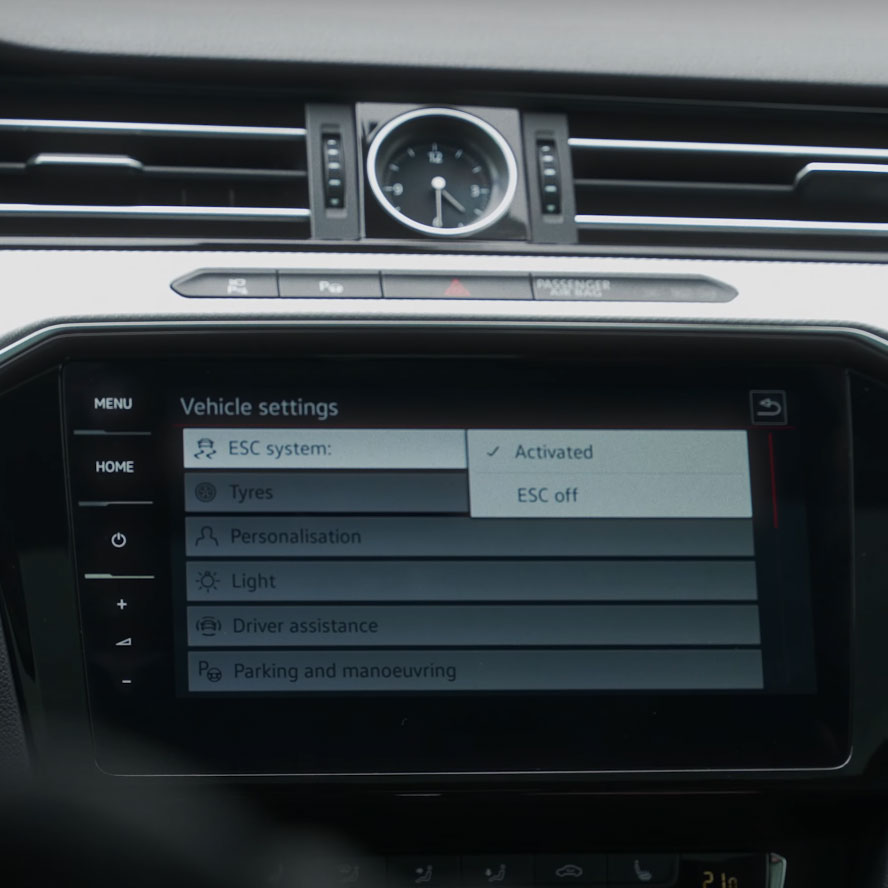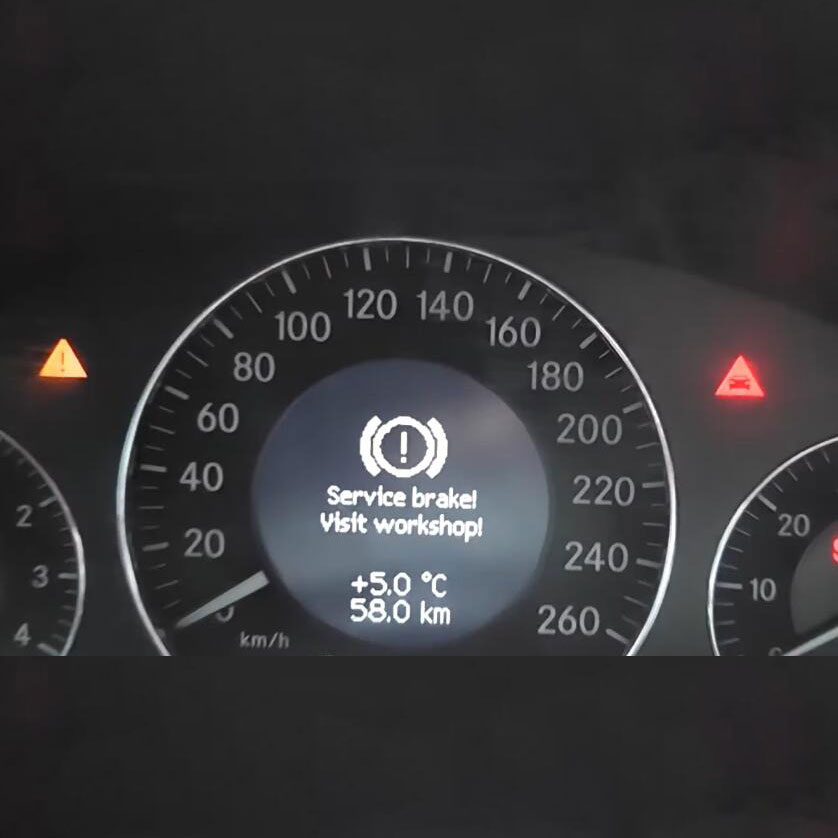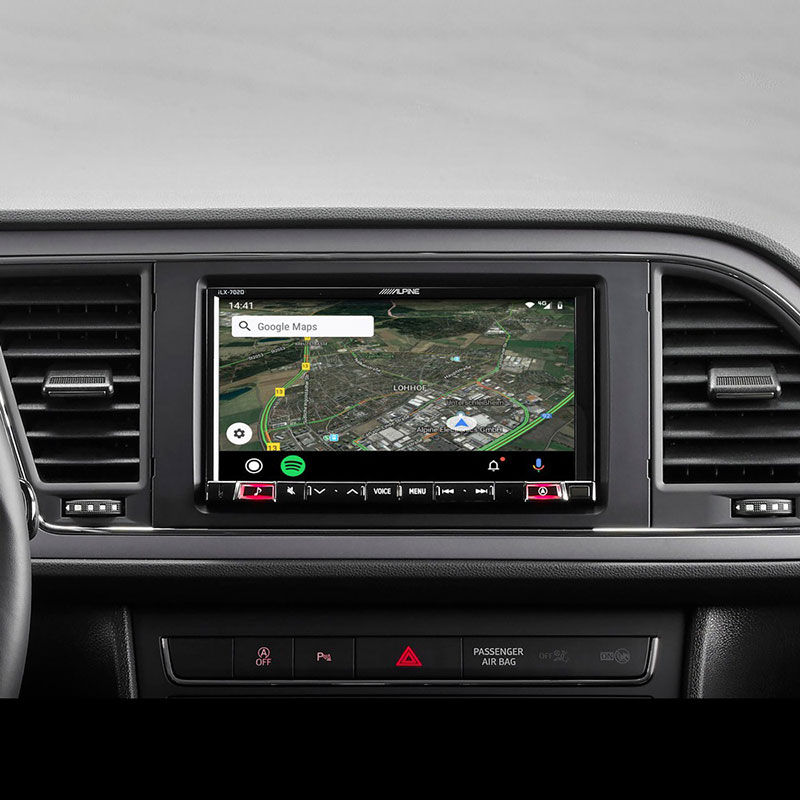
Is Audi Code P2187 a Serious Problem?
Audi Code P2187 indicates a “System Too Lean at Idle Bank 1” condition, suggesting an imbalance in the air-fuel mixture. Addressing this promptly is crucial to prevent potential engine damage and ensure optimal performance. AutoExplain.com provides expert remote diagnostic and repair services, offering the support you need to efficiently resolve this issue and keep your Audi running smoothly with expert technicians, and cutting-edge solutions for swift, reliable repairs.
1. What Does Audi Code P2187 Mean?
Audi code P2187 means the engine’s air-fuel mixture is too lean at idle in Bank 1, which is the side of the engine containing cylinder number one. This indicates there’s too much air or not enough fuel in the mixture being delivered to the engine. According to a study from Bosch, lean conditions can lead to increased emissions, reduced fuel economy, and potential engine damage if left unaddressed.
2. What Are the Symptoms of Audi Code P2187?
Symptoms of Audi code P2187 include a rough idle, stalling, decreased fuel economy, hesitation during acceleration, and the check engine light illuminating. Sometimes, you might notice a sulfur smell from the exhaust, indicating the catalytic converter is working harder to manage the lean condition.
3. What Causes Audi Code P2187 in Audi Vehicles?
The causes of Audi code P2187 in Audi vehicles are varied, but typically stem from issues affecting the air-fuel mixture. According to research from the SAE International, these include:
- Vacuum Leaks: Leaks in the intake manifold, vacuum hoses, or PCV system can allow unmetered air into the engine.
- Faulty Mass Air Flow (MAF) Sensor: An inaccurate MAF sensor can provide incorrect data to the engine control unit (ECU), leading to an improper air-fuel mixture.
- Fuel System Issues: A weak fuel pump, clogged fuel filter, or faulty fuel injectors can restrict fuel flow.
- Oxygen (O2) Sensor Problems: Malfunctioning O2 sensors can provide incorrect feedback to the ECU, causing it to misadjust the air-fuel mixture.
- PCV System Leaks: A faulty PCV valve or leaks in the PCV system can cause a lean condition.
- Exhaust Leaks: Leaks before the oxygen sensor can cause it to read incorrectly.
- Intake Manifold Gasket Leaks: A worn or damaged gasket can allow unmetered air to enter the engine.
4. How Can I Diagnose Audi Code P2187?
Diagnosing Audi code P2187 requires a systematic approach to pinpoint the root cause.
- Step 1: Scan for Codes: Use an OBD-II scanner to confirm the presence of P2187 and check for any other related codes.
- Step 2: Inspect for Vacuum Leaks: Visually inspect all vacuum hoses, intake connections, and the PCV system for cracks, disconnections, or damage. Use a smoke machine to detect hard-to-find leaks.
- Step 3: Check the MAF Sensor: Use a multimeter to check the MAF sensor’s output. Compare the readings to the manufacturer’s specifications. Clean the MAF sensor with a suitable cleaner.
- Step 4: Evaluate Fuel System: Check the fuel pressure using a fuel pressure gauge. Inspect the fuel filter for clogs and the fuel injectors for proper operation.
- Step 5: Test the O2 Sensors: Use a scan tool to monitor the O2 sensor readings. Look for proper switching and response times.
- Step 6: Examine the PCV System: Inspect the PCV valve and hoses for leaks or blockages. A faulty PCV valve can cause significant vacuum leaks.
- Step 7: Check for Exhaust Leaks: Inspect the exhaust manifold and exhaust pipes for any signs of leaks, especially before the first oxygen sensor.
5. How Do I Fix Audi Code P2187?
Fixing Audi code P2187 involves addressing the underlying cause identified during diagnosis.
- Repair Vacuum Leaks: Replace any cracked, broken, or disconnected vacuum hoses and intake connections.
- Replace the MAF Sensor: If the MAF sensor is faulty, replace it with a new, OEM-quality sensor.
- Address Fuel System Issues: Replace a weak fuel pump, install a new fuel filter, or clean or replace faulty fuel injectors.
- Replace O2 Sensors: Replace any malfunctioning O2 sensors with new ones. Ensure the correct type is used for your vehicle.
- Repair PCV System: Replace a faulty PCV valve or repair any leaks in the PCV system.
- Fix Exhaust Leaks: Repair any exhaust leaks, especially those located before the oxygen sensor.
- Replace Intake Manifold Gasket: If there’s a leak in the intake manifold gasket, replace it with a new one.
6. What Tools Are Needed to Diagnose and Repair P2187?
Tools needed to diagnose and repair P2187 include:
- OBD-II Scanner
- Multimeter
- Smoke Machine
- Fuel Pressure Gauge
- Vacuum Gauge
- Socket Set
- Wrench Set
- Screwdrivers
- MAF Cleaner
- OBD2 Extension Cable
7. Can I Drive My Audi With Code P2187?
Driving with code P2187 is not recommended. A lean condition can cause engine knocking, overheating, and potential damage to the catalytic converter and other engine components. It’s best to address the issue as soon as possible to prevent further damage.
8. How Often Does P2187 Occur in Audi A4 Models?
P2187 occurs relatively frequently in Audi A4 models, particularly those with higher mileage. According to a survey by Consumer Reports, vacuum leaks and sensor failures are common issues in these vehicles, contributing to the prevalence of this code. Regular maintenance and prompt attention to warning signs can help prevent this issue.
9. What Are Common Mistakes When Addressing P2187?
Common mistakes when addressing P2187 include:
- Ignoring Vacuum Leaks: Overlooking small vacuum leaks can lead to misdiagnosis.
- Failing to Test the MAF Sensor: Replacing the MAF sensor without proper testing can waste time and money.
- Neglecting Fuel System Issues: Failing to check fuel pressure and injector function can prevent a proper diagnosis.
- Using Cheap Replacement Parts: Using low-quality replacement parts can lead to repeat failures.
- Not Clearing the Code After Repair: Forgetting to clear the code after the repair can cause confusion.
10. How Can AutoExplain.com Help Me Resolve Audi Code P2187?
AutoExplain.com can help resolve Audi code P2187 with expert remote diagnostic and repair services. Our experienced technicians provide step-by-step guidance, utilizing advanced diagnostic tools to pinpoint the root cause of the problem. We offer support for:
- Remote Diagnostics: Accurate identification of the issue using advanced diagnostic techniques.
- Step-by-Step Repair Guidance: Detailed instructions for addressing the problem efficiently.
- ECU Programming and Software Updates: Ensuring your vehicle’s computer is correctly calibrated.
- Real-Time Support: Assistance via WhatsApp, email, or online platforms.
11. What is the Role of the Mass Air Flow (MAF) Sensor in P2187?
The Mass Air Flow (MAF) sensor measures the amount of air entering the engine, providing critical data to the ECU. In P2187, a faulty MAF sensor can report incorrect air volume, leading the ECU to miscalculate the fuel needed. This results in a lean mixture, triggering the error code. Proper diagnosis and replacement of the MAF sensor are crucial to resolving P2187.
12. What is the Role of Oxygen (O2) Sensors in P2187?
Oxygen (O2) sensors monitor the oxygen levels in the exhaust, providing feedback to the ECU to adjust the air-fuel mixture. In P2187, malfunctioning O2 sensors can give false readings, causing the ECU to lean out the mixture. Testing and replacing faulty O2 sensors are essential for correcting the air-fuel balance.
13. How Do Vacuum Leaks Contribute to Audi Code P2187?
Vacuum leaks introduce unmetered air into the engine, disrupting the air-fuel ratio. This extra air leans out the mixture, triggering Audi code P2187. Common leak locations include intake manifold gaskets, vacuum hoses, and the PCV system. Identifying and repairing these leaks is crucial for resolving the issue. A study by the University of California, Berkeley, found that even small vacuum leaks can significantly affect engine performance and emissions.
14. How Does Fuel Pressure Affect Audi Code P2187?
Low fuel pressure can lead to a lean air-fuel mixture, triggering Audi code P2187. Insufficient fuel supply can result from a weak fuel pump, clogged fuel filter, or faulty fuel pressure regulator. Checking fuel pressure and ensuring adequate fuel delivery are important steps in diagnosing and fixing this code.
15. What is the Role of the PCV System in Audi Code P2187?
The Positive Crankcase Ventilation (PCV) system regulates pressure inside the engine. A faulty PCV valve or leaks in the system can introduce unmetered air, leaning out the air-fuel mixture and causing Audi code P2187. Inspecting and repairing the PCV system is essential for maintaining proper engine operation.
16. Can Exhaust Leaks Cause Audi Code P2187?
Yes, exhaust leaks, especially those located before the oxygen sensor, can cause Audi code P2187. These leaks allow outside air to enter the exhaust system, leading the O2 sensor to report a lean condition. Repairing these leaks ensures accurate O2 sensor readings and proper air-fuel mixture control.
17. What Diagnostic Steps Should I Follow for P2187?
Follow these diagnostic steps for P2187:
| Step | Action | Description |
|---|---|---|
| 1 | Scan for Codes | Use an OBD-II scanner to read and record all diagnostic trouble codes. |
| 2 | Visual Inspection | Check for obvious issues like damaged hoses, connectors, or wiring. |
| 3 | Vacuum Leak Test | Use a smoke machine to identify any vacuum leaks. |
| 4 | MAF Sensor Test | Test the MAF sensor’s output using a multimeter. |
| 5 | Fuel Pressure Test | Check fuel pressure with a fuel pressure gauge. |
| 6 | O2 Sensor Test | Monitor O2 sensor readings with a scan tool. |
| 7 | PCV System Check | Inspect the PCV valve and hoses for leaks or blockages. |
| 8 | Exhaust Leak Check | Check for exhaust leaks, particularly before the O2 sensor. |
18. What Repair Procedures Are Recommended for P2187?
Recommended repair procedures for P2187 include:
| Repair | Description |
|---|---|
| Vacuum Leak Repair | Replace or repair any cracked or disconnected vacuum hoses. |
| MAF Sensor Replacement | Replace the MAF sensor if it fails testing. |
| Fuel System Repair | Replace the fuel pump, fuel filter, or fuel injectors if necessary. |
| O2 Sensor Replacement | Replace faulty O2 sensors with OEM-quality parts. |
| PCV System Repair | Replace the PCV valve or repair any leaks in the system. |
| Exhaust Leak Repair | Repair any exhaust leaks, especially before the O2 sensor. |
| Intake Manifold Gasket Replacement | Replace the intake manifold gasket if a leak is present. |
19. How Can I Prevent Audi Code P2187 From Recurring?
Preventing Audi code P2187 involves regular maintenance and prompt attention to warning signs.
- Regular Inspections: Periodically inspect vacuum hoses, the PCV system, and the intake system for leaks or damage.
- MAF Sensor Cleaning: Clean the MAF sensor regularly to ensure accurate readings.
- Fuel System Maintenance: Replace the fuel filter as recommended by the manufacturer.
- O2 Sensor Monitoring: Monitor O2 sensor performance and replace them as needed.
- Prompt Repairs: Address any engine performance issues or warning lights promptly to prevent further complications.
20. What Are the Long-Term Effects of Ignoring Audi Code P2187?
Ignoring Audi code P2187 can lead to several long-term effects:
- Catalytic Converter Damage: A prolonged lean condition can cause the catalytic converter to overheat and fail.
- Engine Damage: Lean conditions can cause engine knocking and overheating, leading to piston and cylinder damage.
- Reduced Fuel Economy: An improper air-fuel mixture reduces fuel efficiency.
- Increased Emissions: A lean condition increases harmful emissions.
- Poor Engine Performance: The engine may suffer from hesitation, stalling, and rough idling.
21. How Does Altitude Affect Audi Code P2187?
Altitude can affect Audi code P2187 because the air density decreases at higher altitudes. This can cause the air-fuel mixture to lean out, especially if the engine management system doesn’t compensate properly. Regular maintenance and altitude-specific adjustments can help prevent this issue.
22. What Role Does Aftermarket Performance Parts Play in P2187?
Aftermarket performance parts, such as cold air intakes or performance exhaust systems, can sometimes contribute to Audi code P2187. These parts can alter the engine’s airflow characteristics, leading to an imbalance in the air-fuel mixture. Ensure any aftermarket parts are properly calibrated with the engine management system to avoid this issue.
23. Can a Clogged Air Filter Cause Audi Code P2187?
While a clogged air filter primarily restricts airflow, it can indirectly contribute to Audi code P2187. A severely clogged filter can cause the engine to pull harder on the available air, potentially creating vacuum leaks or affecting the MAF sensor readings. Regularly replacing the air filter ensures optimal engine performance.
24. How Does Engine Temperature Influence Audi Code P2187?
Engine temperature can influence Audi code P2187. A cold engine might run leaner as part of its normal warm-up process, but persistent lean conditions, even after the engine is warm, indicate an underlying issue. Monitoring engine temperature and addressing any cooling system problems can help prevent this code.
25. What Advanced Diagnostic Techniques Can Resolve P2187?
Advanced diagnostic techniques to resolve P2187 include:
- Smoke Testing: Using a smoke machine to find vacuum leaks that are not visible.
- Fuel Injector Testing: Testing the flow rate and spray pattern of fuel injectors.
- Oscilloscope Analysis: Using an oscilloscope to analyze sensor signals for abnormalities.
- ECU Data Logging: Recording and analyzing data from the ECU to identify patterns and anomalies.
26. How Does Ethanol Content in Fuel Relate to P2187?
Ethanol content in fuel can relate to P2187 because higher ethanol blends can lean out the air-fuel mixture. The ECU needs to compensate for the increased oxygen content in ethanol. If the ECU is not properly calibrated for the fuel being used, it can trigger a lean code.
27. What is the Impact of Carbon Buildup on P2187?
Carbon buildup on intake valves, particularly in direct injection engines, can restrict airflow and cause a lean condition, leading to Audi code P2187. Regular cleaning of the intake valves can help prevent this issue. Walnut blasting or chemical cleaning methods are commonly used.
28. Can a Faulty Fuel Pressure Regulator Trigger P2187?
Yes, a faulty fuel pressure regulator can trigger P2187 by failing to maintain the correct fuel pressure. This can result in a lean air-fuel mixture. Testing and replacing the fuel pressure regulator can resolve this issue.
29. What Role Does Throttle Body Cleaning Play in Resolving P2187?
Cleaning the throttle body can help resolve P2187 by ensuring proper airflow. A dirty throttle body can restrict airflow at idle, causing the engine to lean out. Cleaning the throttle body removes carbon deposits and restores proper airflow.
30. How Can Remote Assistance From AutoExplain.com Help Diagnose P2187 More Effectively?
Remote assistance from AutoExplain.com enhances the diagnosis of P2187 by providing real-time expert guidance, access to advanced diagnostic tools, and step-by-step repair instructions. Our services save time, reduce costs, and ensure accurate repairs.
- Expert Technicians: Experienced technicians provide real-time support and guidance.
- Advanced Diagnostic Tools: Access to state-of-the-art diagnostic equipment.
- Step-by-Step Instructions: Detailed repair procedures tailored to your vehicle.
- Cost and Time Savings: Efficient diagnostics and repairs save you time and money.
- Remote ECU Programming: Ensuring your vehicle’s computer is correctly calibrated.
Experiencing Audi Code P2187 and need expert help? Don’t waste time and risk further damage. Contact AutoExplain.com now for professional remote diagnostic and repair services. Our skilled technicians are ready to provide immediate assistance to get your Audi running smoothly again. Reach out via WhatsApp at +1(936)2896695 or email us at [email protected]. Visit our website at AutoExplain.com or stop by our office at 1500 N Grant ST Sten Denver, CO 80203.


How to Deactivate ESC in Volkswagen, Audi, Skoda, or SEAT

Mercedes Benz ‘Service Brake Visit Workshop’ Warning? Here’s What Dealers Don’t Tell You!

How to Perform Seat Navigation Update? – A Comprehensive Guide for Technicians






